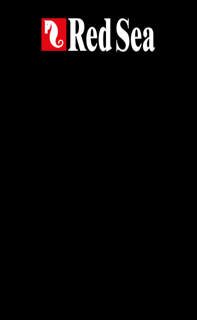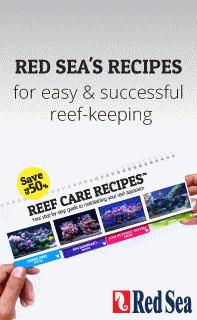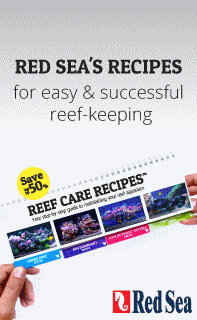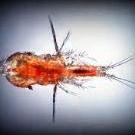-
Similar Content
-
Topics
-
Latest Update
-
0
WTS - Golden eyes chalice
Approx 8cm diameter- $65 Collection amk ave 4 -
227
WTS live rotifers, tigger pods, phyto
ups tele me at littlefishaqua location at tamp/hougang $50 worth of purchase foc delivery -
1
-
-
-










Recommended Posts
Join the conversation
You can post now and register later. If you have an account, sign in now to post with your account.